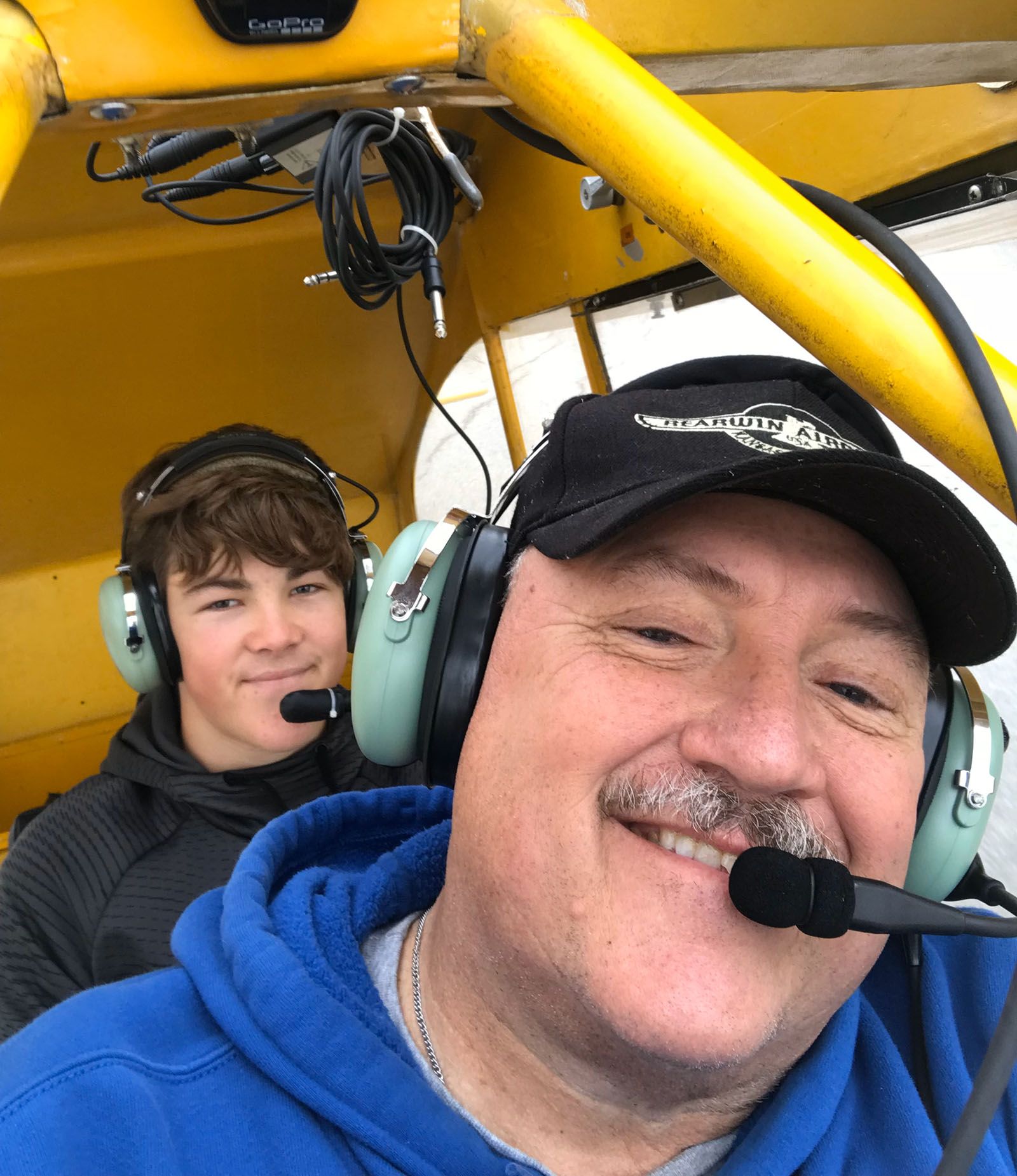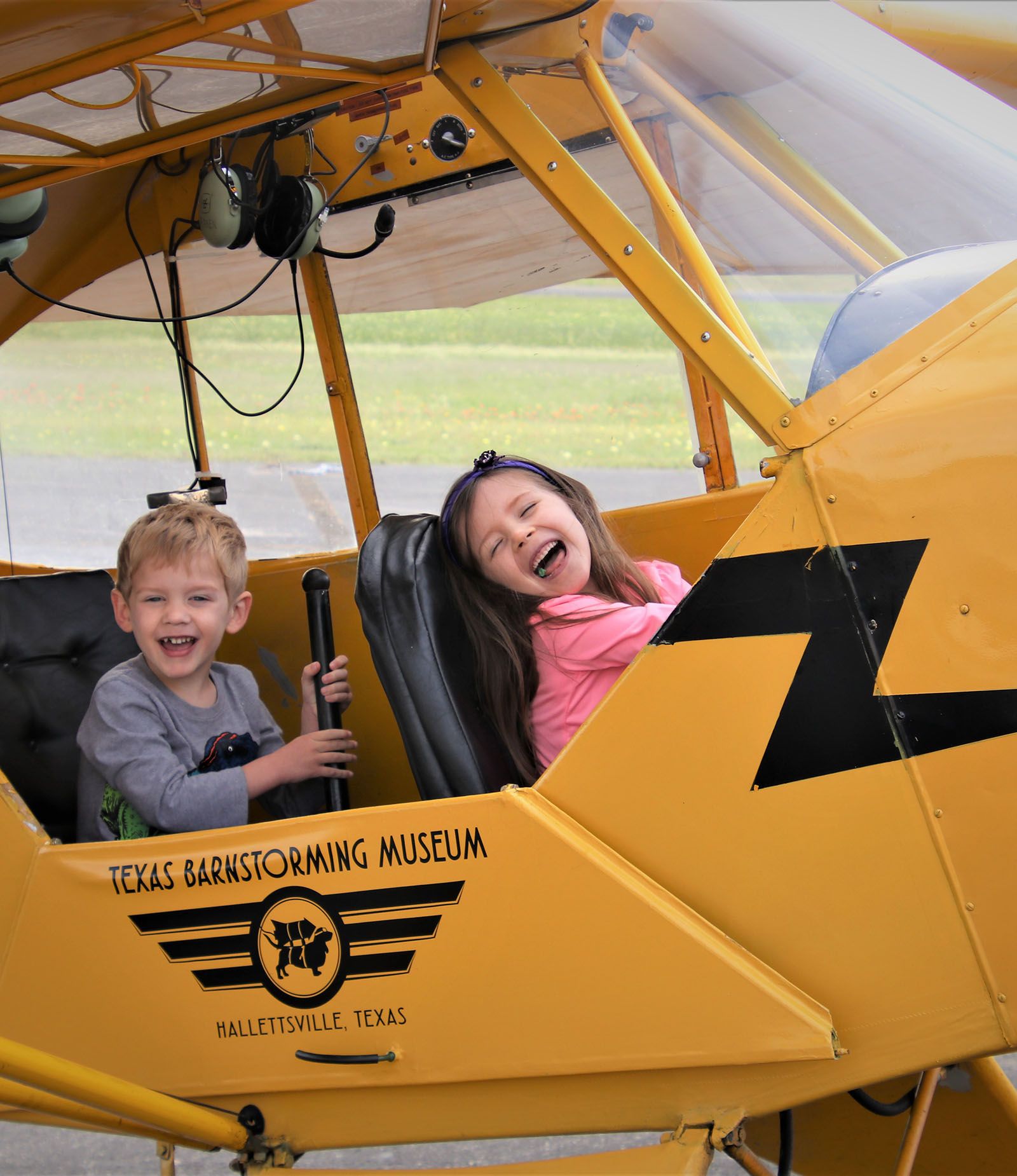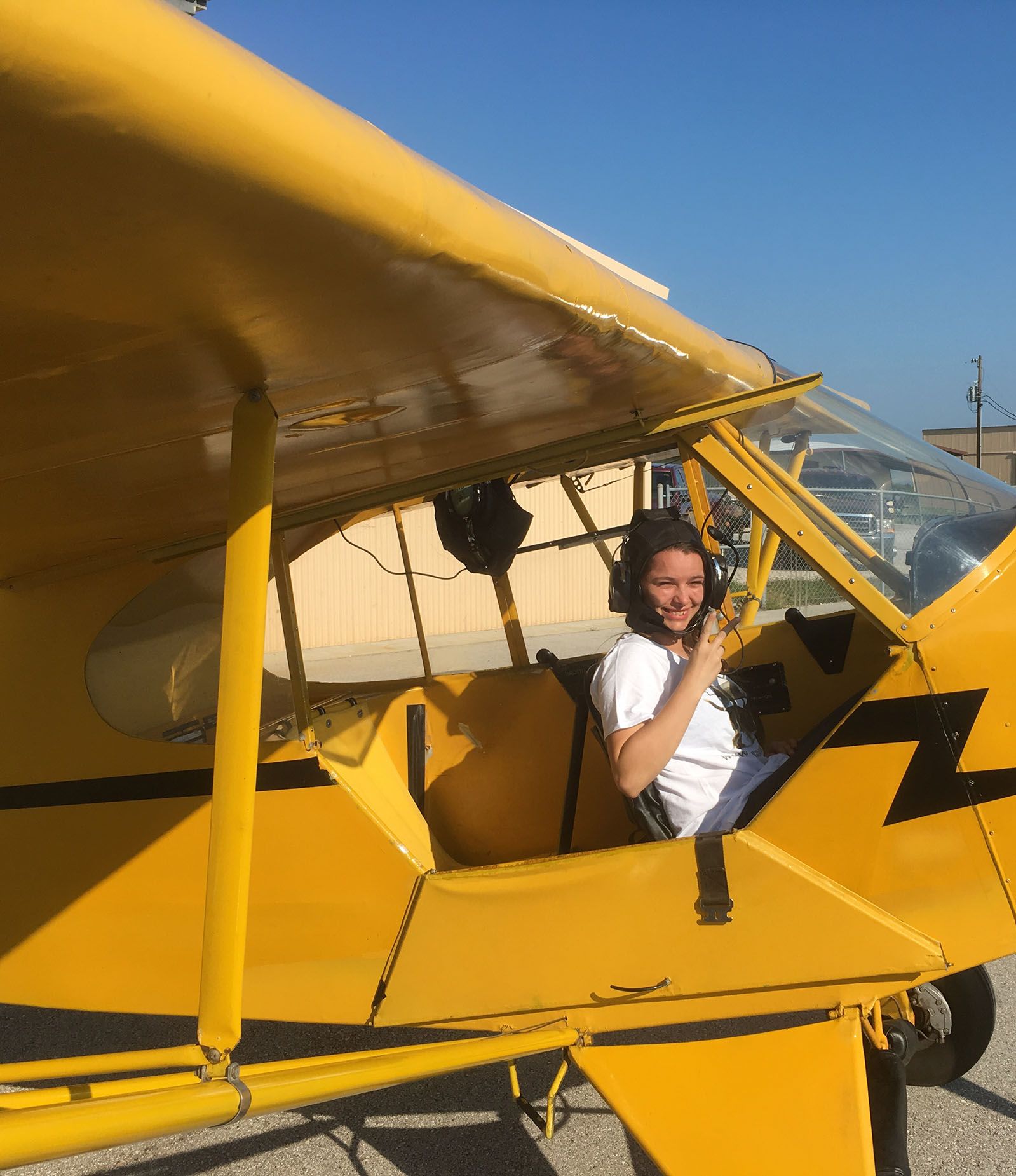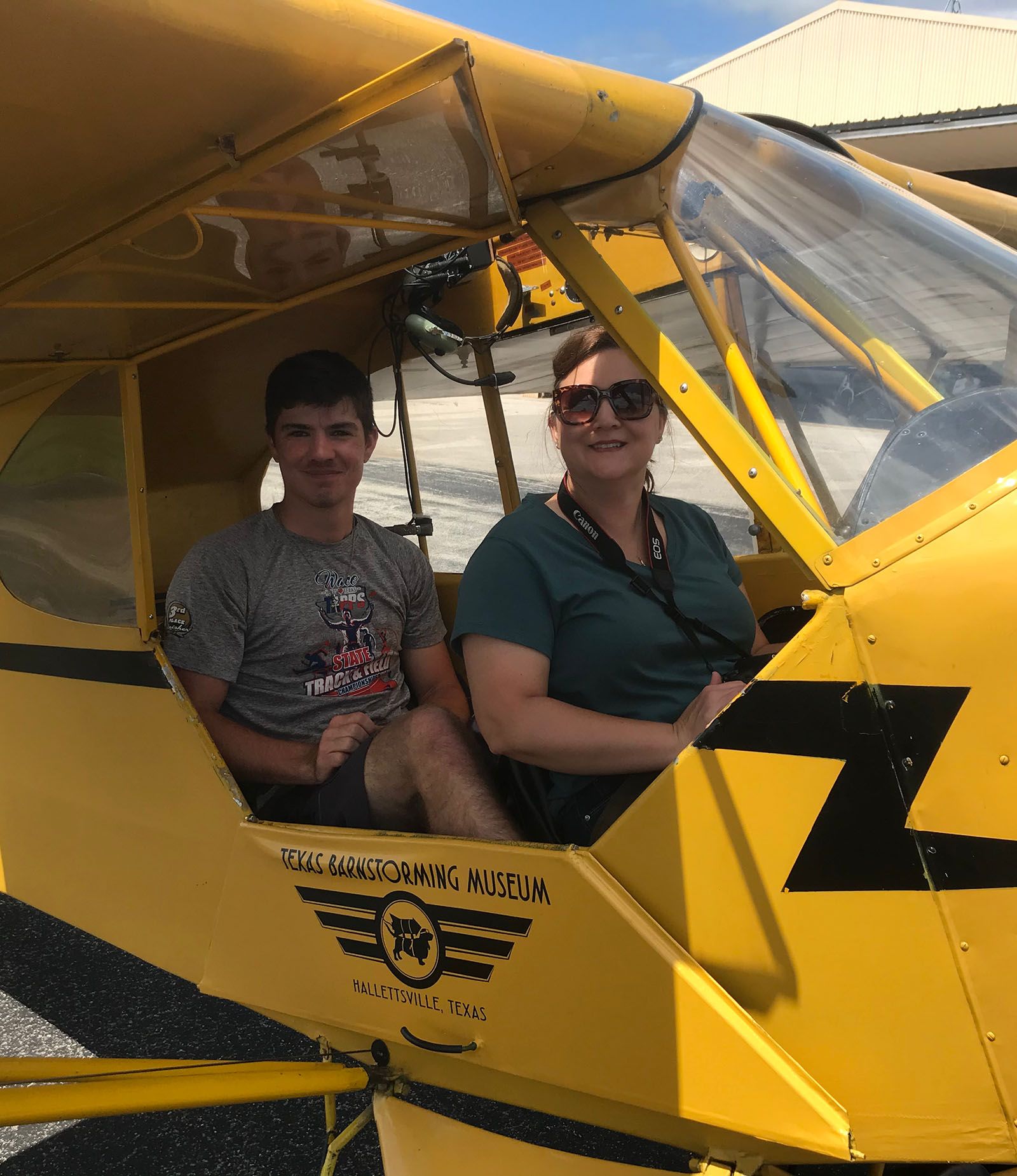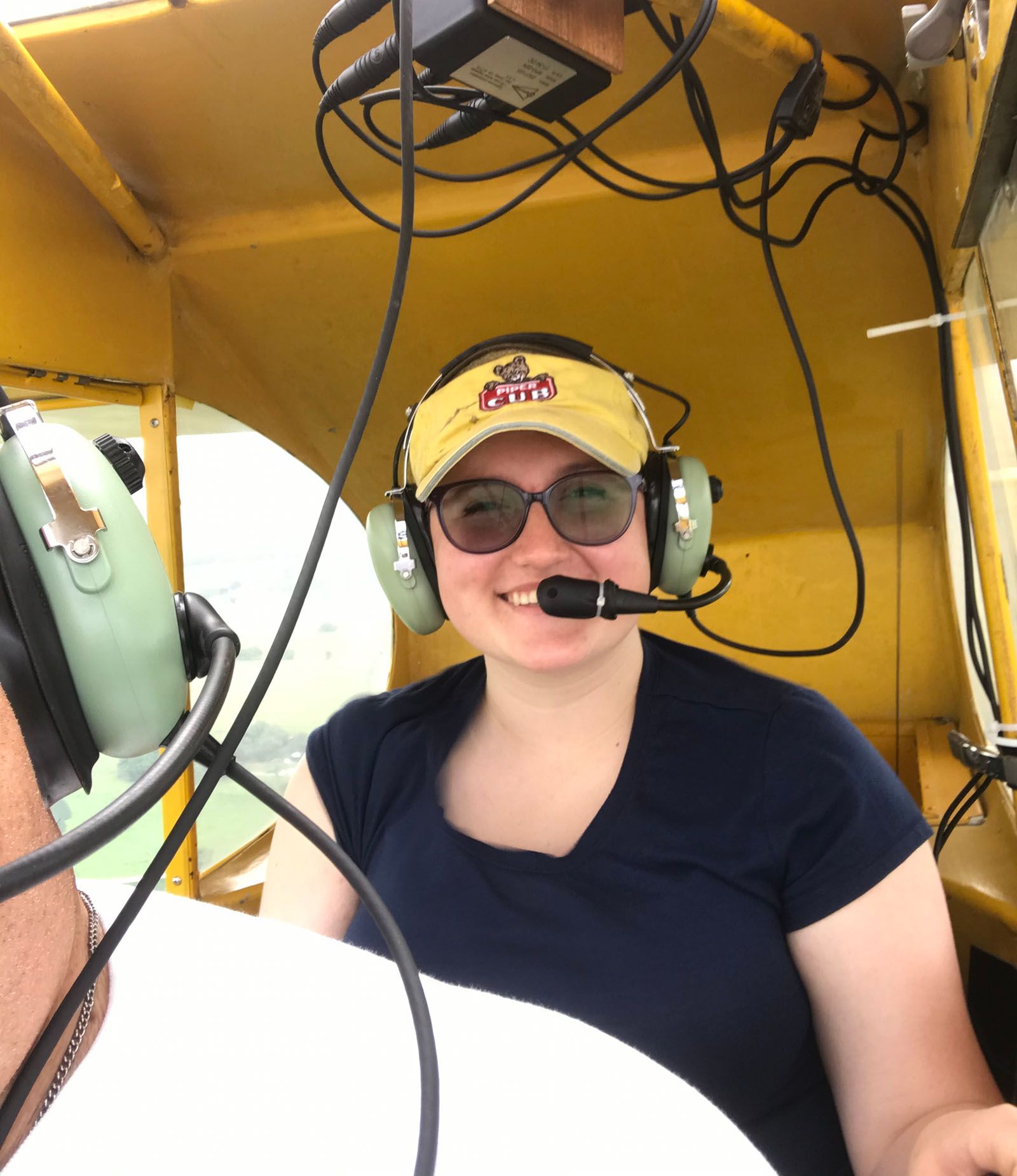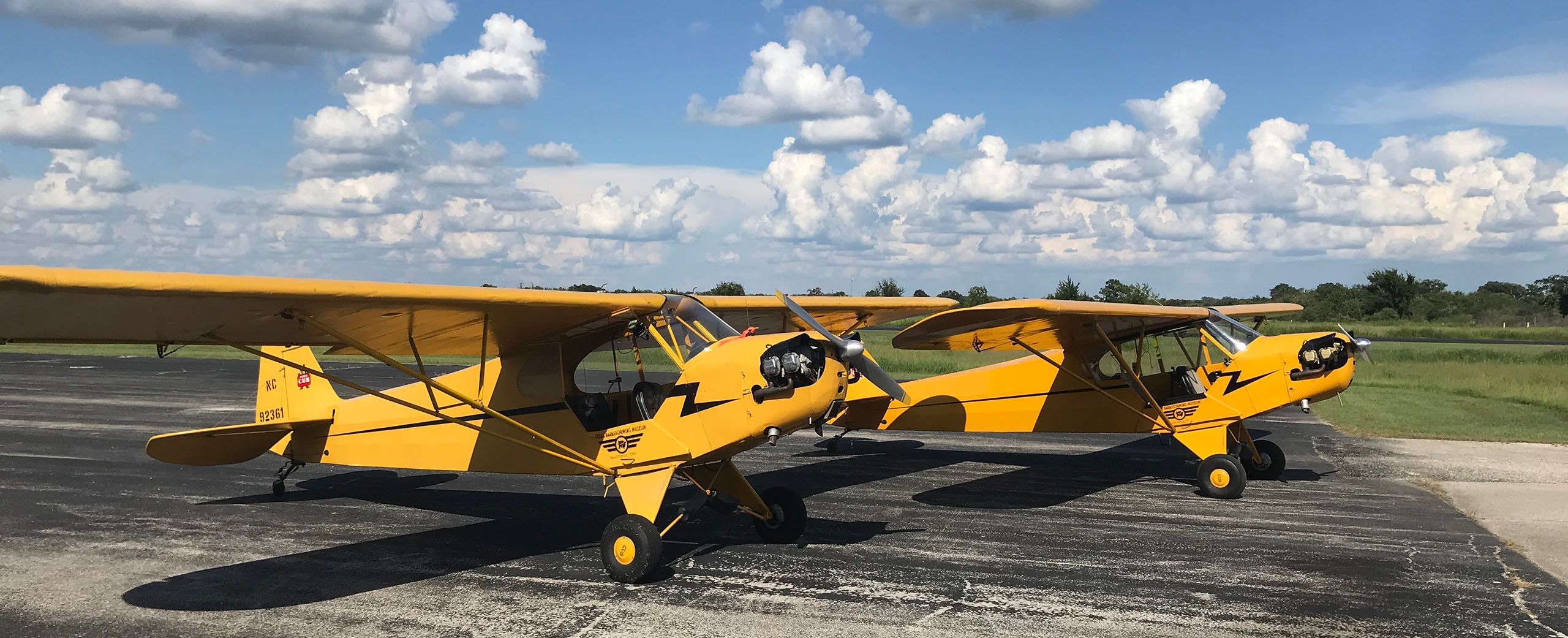
Fly the Cub
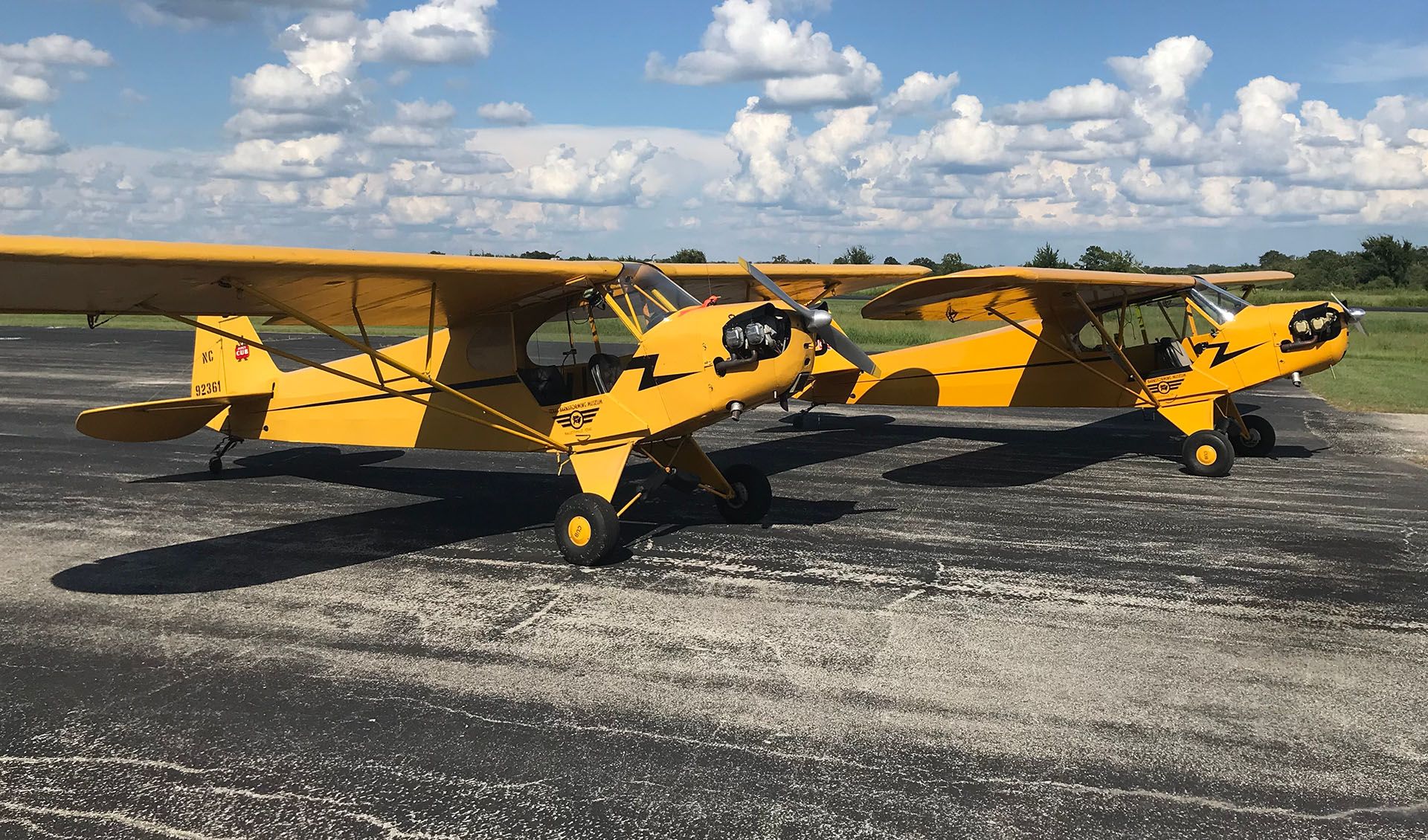
Fly the Cub
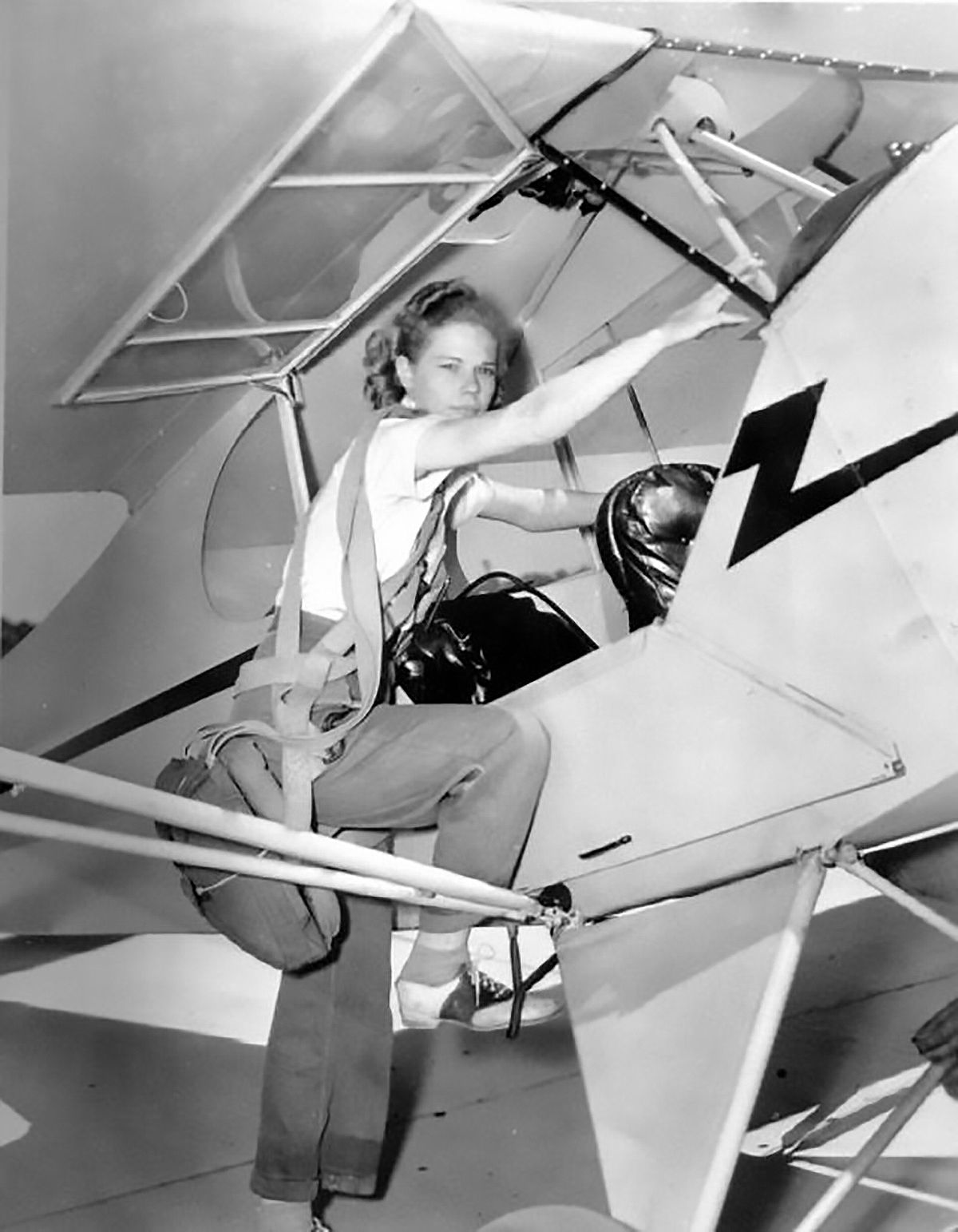
Student pilot Jean McRae of Tallahassee, FL. 1940
In the 1940s and ’50s, most people thought there were just two kinds of airplanes—Piper Cubs and DC-3s. Nearly 80% of all WWII Pilots received their initial training in the Cub, and by the time production stopped in 1947, Piper had produced nearly 20,000 of these little jewels out of their Lock Haven, PA, plant.
It’s difficult to think of a Cub as a War Bird, even though they served faithfully well into the Korean War, mostly as artillery spotters and ambulances. Major Charles Carpenter (“Bazooka Charlie” to his friends) destroyed six tanks and several armored cars during the Battle of Arracourt by rigging up bazookas to the wing of his Cub, aptly named “Rosie the Rocketeer.”
Most folks think of a Cub as a little yellow airplane with a black lightning bolt on the side, sitting in the grass waiting for the next ham-fisted student to learn to fly. Here’s the cool part—everyone’s right! The Cub is that one airplane that bridges the gap between Bazooka Charlie and the civilian flivver.
About our Cubs
Ours Cubs were built in ’46. Neither has changed much over the years, other than getting bigger engines (necessary because people are bigger now). No starters—we hand prop. These little Cubs change people one flight at a time, including me.
We offer gift certificates for rides or lessons. All proceeds go to the museum.
